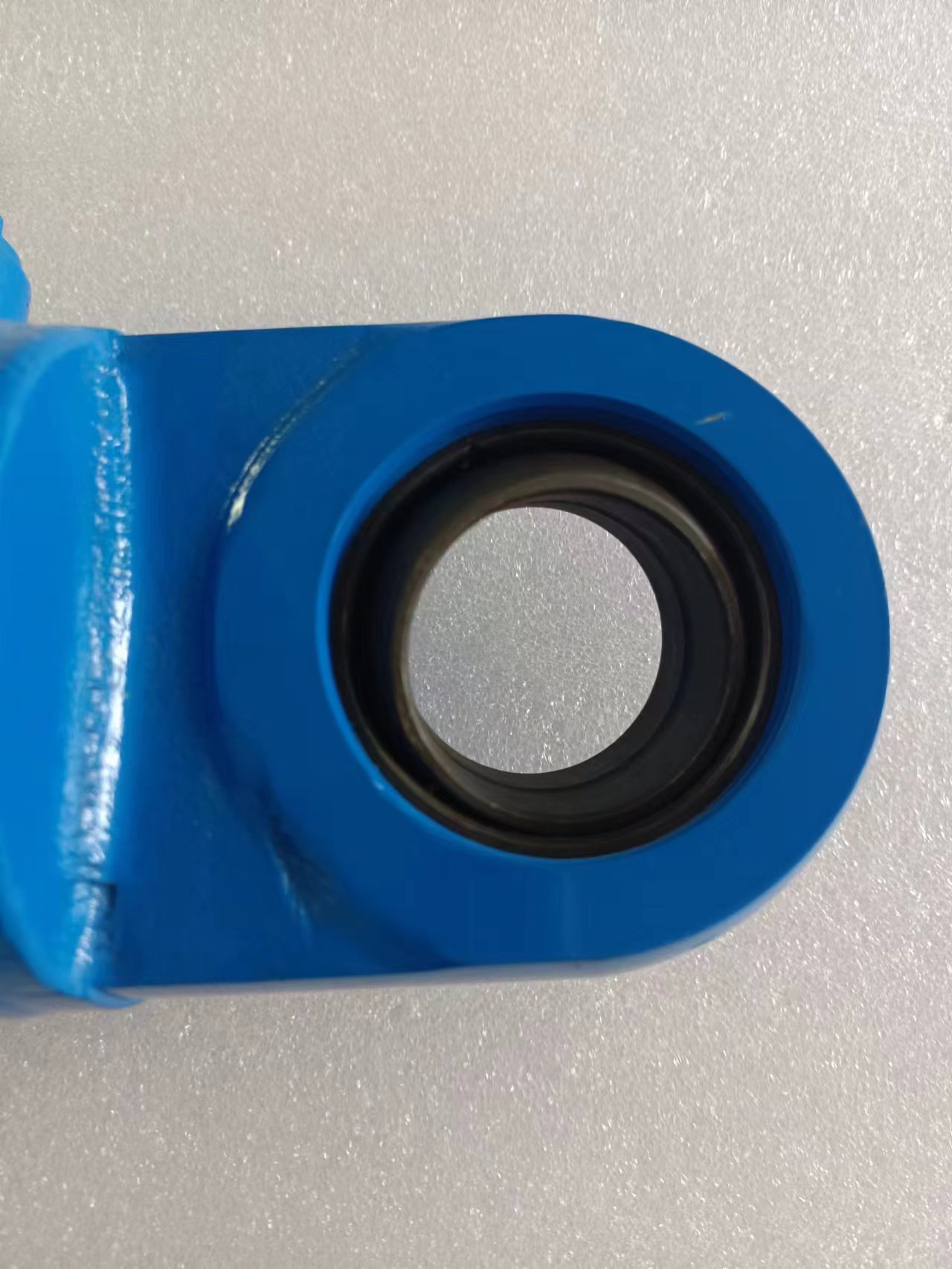Aug . 19, 2024 23:02 Back to list
Evolving Seals in Hydraulic Cylinder Manufacturing Industry for Enhanced Performance and Reliability
Changing Seals in Hydraulic Cylinder A Crucial Guide for Industries
Hydraulic cylinders are indispensable components in machinery used across various industries, including construction, manufacturing, and automotive. They function by converting hydraulic energy into mechanical power, facilitating the movement of heavy loads with precision and control. One common issue that can arise with hydraulic cylinders is seal failure. Changing seals in hydraulic cylinders is essential for maintaining optimal performance, ensuring safety, and prolonging the lifespan of equipment. This article delves into the importance of seal maintenance, the process of changing seals, and tips for ensuring effectiveness.
Importance of Seals
Hydraulic seals serve as critical barriers within cylinders, preventing hydraulic fluid from leaking and keeping contaminants out. The integrity of these seals is essential; even minor leaks can lead to significant performance issues and increased maintenance costs. Seal failure can result in decreased efficiency, compromised safety, and potential damage to the hydraulic system and connected machinery. Therefore, timely inspection and replacement of seals are vital for the reliable operation of hydraulic cylinders.
Signs of Seal Wear
Before changing seals, it's essential to recognize the signs of seal wear or damage. Common indicators include
1. Hydraulic Fluid Leaks Any visible fluid escaping from the cylinder indicates a compromised seal. 2. Inconsistent Performance Fluctuations in power or speed can suggest seal deterioration, affecting the machinery's overall functionality. 3. Excessive Noise Unusual sounds during operation can stem from insufficient lubrication due to leaking fluid, pointing to seal issues. 4. Contamination If impurities or debris enter the hydraulic system, they often highlight seal failure as a primary cause.
Changing Seals Step-by-Step Process
Changing seals in a hydraulic cylinder is a straightforward but meticulous process that can typically be performed in-house with the right tools and knowledge. Here’s a step-by-step approach
1. Preparation Before beginning, depressurize the hydraulic system completely. Safety is paramount; always wear appropriate protective gear. 2. Disassembly Remove the hydraulic cylinder from its mounting and take it apart carefully. Use suitable tools to avoid damaging other components.
3. Inspect Components Examine the cylinder barrel, pistons, and other parts for wear or damage. Replace any damaged components that may compromise the integrity of the cylinder.
changing seals in hydraulic cylinder company

4. Remove Old Seals Carefully extract the old seals using a seal puller or similar tool. Ensure that you do not damage the cylinder or the piston during this process.
5. Clean the Surface Clean the grooves and surfaces where the seals will be installed. This step is crucial to ensure proper adherence and function of the new seals.
6. Install New Seals Place the new seals into their designated grooves, ensuring they are seated evenly and securely without twisting or deforming.
7. Reassemble the Cylinder Once the new seals are in place, reassemble the cylinder, paying attention to torque specifications provided by the manufacturer.
8. Testing After reassembly, test the hydraulic cylinder under controlled conditions to ensure proper functionality and the absence of leaks.
Tips for Effective Seal Replacement
To ensure a successful seal replacement process
- Choose the Right Seal Material Different applications may require different seal materials that can withstand various pressures and temperatures. - Follow Manufacturer Guidelines Always consult the hydraulic cylinder’s manual for specific instructions related to your model. - Perform Regular Maintenance Regularly check the seals as part of routine maintenance to catch signs of wear early and replace them promptly.
Conclusion
Changing seals in hydraulic cylinders is a critical maintenance task that helps ensure operational efficiency, safety, and longevity of machinery. By recognizing the signs of seal wear and following a methodical replacement process, organizations can minimize downtime and maintain their hydraulic systems in peak condition. Through proper care and timely interventions, industries can rely on their hydraulic equipment to perform optimally, thereby enhancing productivity and reducing operational costs.
-
Fork Lift Power Units - Hebei Shenghan | Efficiency, Reliability
NewsJul.13,2025
-
1.5-Ton Turbocharged Cylinder-Hebei Shenghan|Hydraulic Solution,Energy Efficiency
NewsJul.13,2025
-
Auto Hoist Power Units-Hebei Shenghan|Efficiency&Industrial Lifting
NewsJul.13,2025
-
Double Acting Power Units-Hebei Shenghan|Hydraulic Solutions,Industrial Efficiency
NewsJul.13,2025
-
1.5 Ton Lifting Cylinder 70/82-40-290-535 - High-Performance Hydraulic Solution | Hebei Shenghan
NewsJul.13,2025
-
Fork Lift Power Units - Hebei Shenghan | Efficiency&Reliability
NewsJul.13,2025
